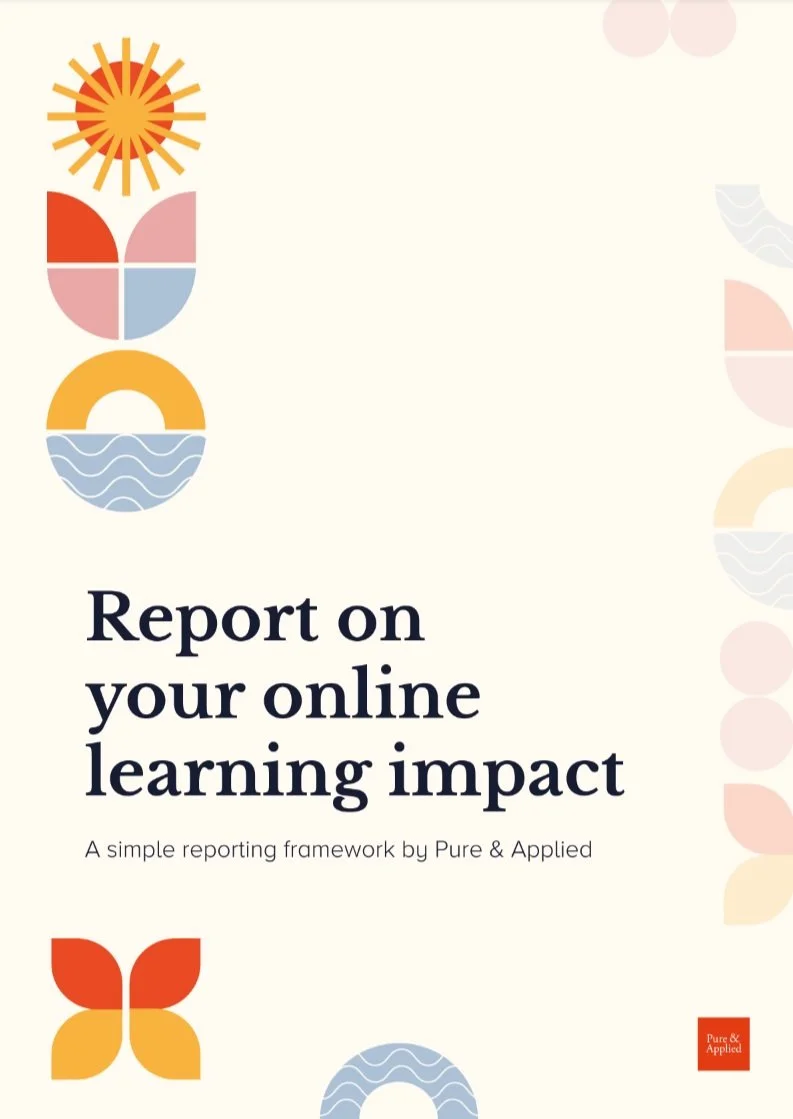3 Canadian nonprofit toolkits to be inspired by
At Pure & Applied, our team of learning specialists are invested in supporting and enabling nonprofits to develop the best learning resources possible. One key approach for mobilizing stakeholder education and social innovation is the use of strategic knowledge products, such as toolkits.
As we have developed some in-house toolkits at P&A, we would like to take you through our process for putting together such a product and to share three public Canadian nonprofit toolkits that we can all be inspired by when looking to create our next learning resource.
The Toolkit: A strategic learning resource
Some of you may be asking yourselves, now what exactly is a toolkit? Or how can organizations use toolkits to support communities and individuals? Well, we’re here to shed light on just that.
Toolkits are defined as learning resources or knowledge products with action as its core feature. Its goal is to engage and empower its intended audience to mobilize them, where an effective toolkit enables someone to do something specific – a call to action. To gain a better idea of its development process, let’s break down its structure, together.
One way to structure a toolkit is by breaking it down into three sections, the ‘Why, How, and Now’ sections:
‘Why’ is this needed? This section provides some background information and knowledge for the learner about the topic, its importance, implications, and the reason behind the actionable message intended for the audience.
‘How’ do you do it? This section provides an instructional overview of the process, breaking it down into actionable pieces that are easy for the reader to understand. This makes it clear for the intended audience on how to meet the toolkit’s overall call to action and how to move forward with next steps toward actionable change.
‘Now’ let’s do it! This section considers when the audience springs into action, transferring their knowledge to the real world, doing what was outlined in the toolkit to help make the learner’s work easier. Ultimately, here, you leverage the resources provided throughout the toolkit and take action! This section often offers templates, processes, prompts, instructions, rubrics, and more creative ways to promote the application of knowledge in the context of work and life.
Keep in mind that when it comes to any learning design activity, there are best practices but no hard and fast rules. You can structure a toolkit any way you feel is best.
Our approach to toolkit design
When laying out the blueprints of our toolkits at Pure & Applied, we aim to combine both research and learning design. In design mode, we think about the audience and how they would be receiving the information and their use case, the topic and goals, which all act as the creative constraints in which we can design.
The development process is similar to that of eLearning or educational product development. A recommended approach is to begin with a needs assessment, understand the learner persona, and their context.
Who is the learner?
Why is this important to them?
How do they do this?
What does their action look like in their context toward the toolkits’ intended goal?
What key messages and resources will enable them to act?
What toolkits look like can vary greatly and is limited only by our creativity. Oftentimes, toolkits include elements such as:
Instructional text and videos
Processes
Instructions
Recipes
Case studies
Sample communications
Games
Thought experiments
Infographics
Scenarios and stories
Role-playing
Templates
Reflective prompts and questions
Scripts
Logic trees and diagrams
Manipulables
Toolkits can also be taken one step further and designed in interactive learning environments for web or mobile access.
Find out more information and resources from our recommended learning development tools that can help in your toolkit design and explore our Digital Learning Development services for some inspiration or to help you determine where to get started.
3 model toolkits from Canadian nonprofits
Sometimes it’s easier to see things for yourself. We would like to leave you with three model toolkit examples from Canadian nonprofits that inspire us. Each of these toolkits are exceptional in their purpose and intent. Everything from content, presentation, and visual design, but moreover being effective in sharing clear and helpful information in different ways to enable action. Make sure to keep these toolkits in mind when developing your next strategic learning product for action.
1) White Supremacy Culture in Organizations adapted by COCo
This toolkit was originally developed by Dismantling Racism Works and adapted with permission by the Centre for Community Organizations. The toolkit is presented as a document that aims to spark a conversation about racism in organizations. The toolkit can be used as a facilitation guide for discussing white supremacy culture in the workplace. Because the document contains a lot of content, it is recommended that the reader to use it in smaller chunks and use a couple sections at a time based on their relationship to the material. This would help reveal a path to imagining and implementing a different way of being within their organizational culture to enact change. Explore this brilliant toolkit here.
2) Congress of Aboriginal Peoples’ Reconciliation Toolkit for Business Leaders
This toolkit functions as a resource for small- and medium-sized businesses to develop practical, actionable plans to advance reconciliation in business thinking, planning and practices. The goal of the toolkit is to help its audience through the steps required to change the way organizations do business with, for, and alongside Indigenous peoples.
The toolkit is structured around four specific areas of reconciliation, including the following:
Reflection and Learning
Leading Transformation
Inclusive Workplaces
Outreach and Engagement
Explore the toolkit here.
3) Community Foundations of Canada - Sustainable Development Goals
The Sustainable Development Goals (SDGs) Guidebook and Toolkit is intended for staff and community members that might be at different stages of engaging with the SDGs. This toolkit and guide functions to support community foundations to identify actionable steps, existing SDG alignment, plan for future SDG alignment, learn from examples of other community partners and provide related resources, tips and tools. Explore the toolkit here.
A great way to learn from and be inspired by toolkits is to use them. Then, reflect upon what worked, what you would like to carry forward, and how you might do things differently. These are three great starting points for this reflection.
Bonus Tool: Report on your Online Learning Impact
With years of developing online learning programs under our belts, we know that our team’s support is as valuable in the mobilization and impact measuring phases of program delivery. That’s why Pure & Applied is investing in supporting partners in the longer-term, ensuring that the programs we create together reach their intended audiences and achieve their intended learning impacts.
Our strategy is to 1) introduce a new offering – Digital Program Management and 2) to release a number of tools to equip program managers and directors in delivering impactful online programs.
The first tool in the series is the Online Learning Impact Reporting Framework. We developed this tool after learning how often organizations offering online programming are generating more impact than they are reporting to their stakeholders. This often happens when individuals don’t know how or how easy it can be to measure and report on learning impact.




